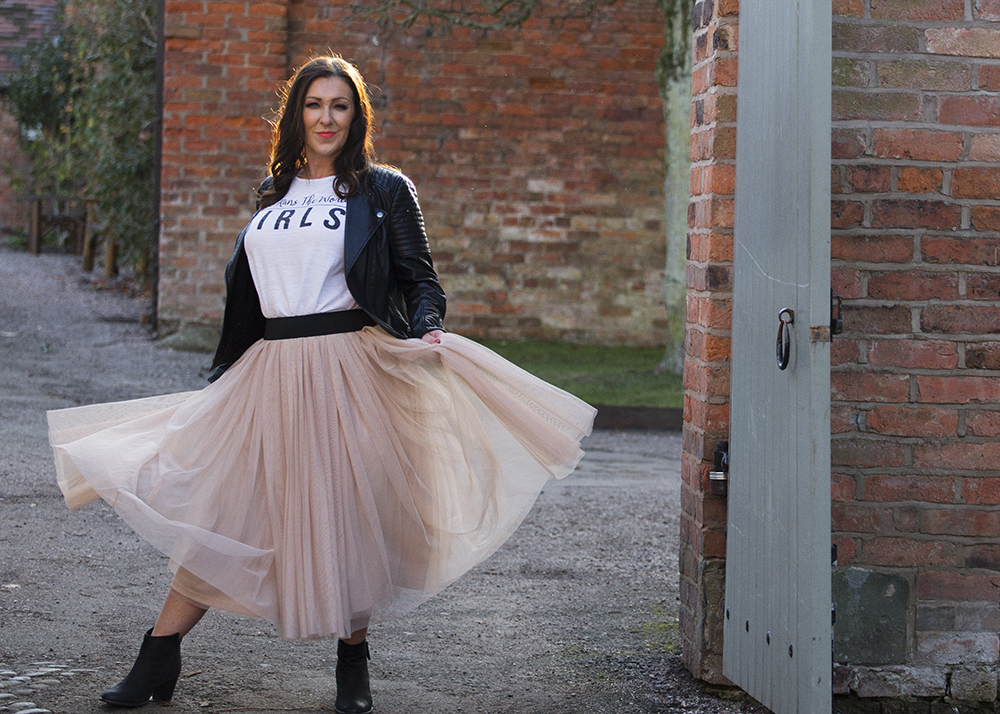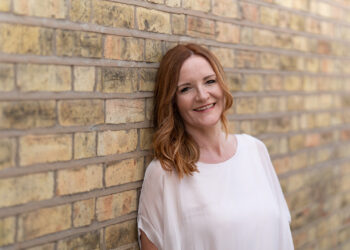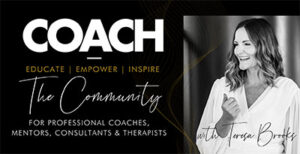Assertive Female Leadership at Work – Jodie Salt

How to get yourself heard, have more influence and stand up for yourself in the workplace as a 21st century woman.
As an assertiveness coach, I enjoy working with women who want to accelerate their career, smash the glass ceiling and be seen as credible and respected in their organisation.
It’s a challenge that more women experience than you might think.
We’ve come a long way over the last 100 years in bridging the gender gap but that doesn’t mean that there’s not still some distance to go. The biggest problems that women want solved are how to get heard, how to have more influence and how to stand up for themselves and say No. The answer to all three of these lies in becoming more assertive, but it’s not always that obvious to pinpoint the skill to be developed.
Becoming more Confident
I look at the development plans and annual appraisals of the women I work with and in many cases I see the goal “Rachel needs to become more confident” or something of that ilk.
Yet it’s been on the PDP for some time and very little progress has been made. Why? Because we weren’t born with a confidence switch on our backs nor can we pick some up from the supermarket when we do our weekly shop or even get some delivered on Amazon Prime! (as fabulous as that would be) My point here is this. You can’t just switch confidence on. I’m not a believer in faking it until you make it either. For me, confidence is a state when we feel equipped and skilled in any given situation.
It isn’t a skill in its own right so, to make progress, we must be super slick at spotting specific skill and behaviour gaps that enable confidence (as well as capitalising on our strengths and talents) and then work to bridge those.
What is Assertiveness?
So, in the case of assertiveness it’s vital that we’re clear what this means and I come across some very wonky perceptions and definitions. Assertiveness means:
- To be able to stand up for your own or others rights in a calm and positive way
- Someone who is considerate and also not frightened to say what they want
- Someone who states their needs and opinions clearly so that people take notice
- Positive or confident in a persistent way
- It is a ‘skill’ that can be learned

It’s a careful balance of two ingredients – consideration and courage.
The consideration to first listen to understand and the courage to then be understood. Tip the scales too far towards courage and you get aggressive behaviour. Tip them too far the other way towards consideration and you get passive behaviour. Low levels of both? Passive aggressive.
Here’s a common situation. Women in the workplace, particularly those who are in the mid to senior management and leadership roles find themselves working in a predominantly male peer group. Often, there aren’t many female role models to emulate. What often happens is women make an effort to try to ‘fit in’ by behaving like the men. This creates the classic ‘Alpha Female B*tch From Hell’ – most of us have experienced a version of this at some point in our career.
She gets labelled as ‘bossy’ and she passes that off as ‘they can’t handle an assertive woman’ but in reality she is aggressive. Now, that’s not to say that the male behaviour is necessarily wrong (although sometimes it is extremely dysfunctional and toxic) but it doesn’t wear well on a woman. Assertive behaviour looks and sounds different on different people, regardless of gender to some extent. In most cases, none of what is demonstrated is assertive.
Assertion or Aggression?
At the other end of the spectrum, there’s a rather large proportion of women who are passive in their approach.
By their own definition, the people pleasers and doormats; the peacekeepers and harmony crafters. They would rather ‘suck it up’ than ‘upset the apple cart’. They really struggle to speak up and make their contribution (even though that contribution is worth its weight in gold) for fear of upsetting anyone or not being liked. These women are so troubled by what other people think of them its debilitating and paralysing. It’s a pattern that has been ingrained in them since childhood – girls should be quiet and look pretty, be agreeable and ‘nice’, don’t make a fuss etc.
This makes it very difficult to break away from, but it doesn’t render it anywhere near impossible. It might involve some hard work, but that’s ok, we can do hard stuff, especially when it’s worth it!
Then there’s the passive aggressive behaviour. Very few people identify this in themselves but it is very common. If we find ourselves being sarcastic, flippant, apathetic, cynical, huffing and puffing whilst saying “I’m fine”, muttering under your breath, giving someone the silent treatment or sulking, these are all examples of behaving in a passive aggressive way. Because this behaviour is both low in consideration and courage, it’s the least favourable of all – it’s on par with lose/lose thinking.
Emotional challenges
One challenge any of these women can come up against is being labelled as ‘too emotional’ in work. Whether it’s anger and frustration, upset, passionate, embarrassment, guilt (often unnecessarily) the same label is awarded but it’s a blessing in disguise if we could just hone it slightly differently. Many workplaces in my view have lost the human touch. They’ve gone too cold, clinical, lost their personality, through over emphasis on process & consistency. We desperately need that humanity back, especially in times like these when we’ve never felt more isolated, anxiety & stress levels are through the roof and wellbeing is burnt out.
Those with high emotional intelligence, which leans slightly more naturally in the favour of women, have the ability to make this happen. The honing that would help is to move from ‘displaying’ emotion to ‘describing’ it. In a basic example, rather than fly off the handle and have an outburst for something that has made you angry, instead, learn to recognise where and how the emotion is experienced in the body, name it and then articulate it which might sound something like “I’m really cross that this project is not going to deliver to the deadline and that I’m only hearing about it the day before, that’s not acceptable and I’m extremely disappointed”.
What we’re after here to be truly assertive is high consideration and high courage and the good news is that anyone can learn it as it’s a skill.
It doesn’t mean you have to wear 80’s power suits with shoulder pads, sky high stilettos and pillar box red lipstick. You can wear a floral, pastel coloured tea dress and a pair of converse and still be assertive. What’s important is that you know what you want (rather than what you don’t want), you are considerate enough towards someone else’s wants and needs and courageous enough to state your own.
Jodie is a qualified Executive Coach and Leadership Mentor. Having 20+ years corporate experience she now runs her own coaching practice specialising in helping women to reconnect with their true identity, step into their own space, own their life, say ‘No’ to things that don’t serve them, know what they want and go out and make it happen by becoming more assertive, through her signature programme, Woman Up.






